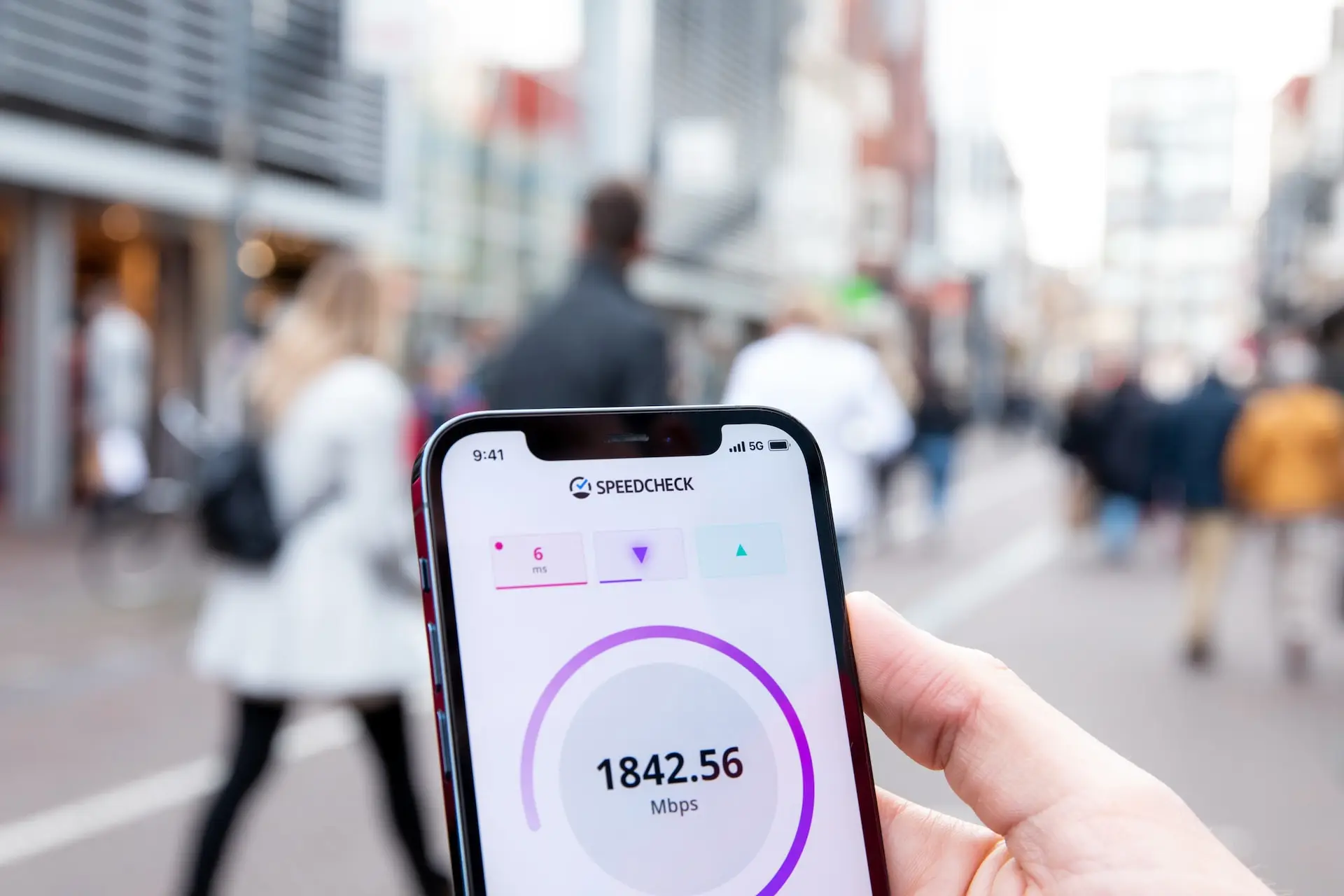GSMA Intelligence has released new figures showing that 5G connections are expected to double over the next two years. Technological innovations and new 5G network deployments are predicted to launch in more than 30 countries in 2023 alone. Of the new networks to be deployed in 2023, it is expected that 15 will be 5G Standalone networks.
Consumer connections surpassed one billion at the end of 2022 and will increase to around 1.5 billion this year before reaching two billion by the end of 2025. Many of the new 5G markets scheduled to launch networks in 2023 are in developing regions across Africa and Asia.
The growth of the 5G market is predicted to come from key markets within APAC and LATAM, such as Brazil and India, which have recently launched 5G networks. The expansion of services from Airtel and Jio in 2023 is expected to be pivotal to the region’s ongoing adoption. As of January 2023, there were 229 commercial 5G networks globally and over 700 5G smartphone models available to users.
The enterprise market will be the main driver of 5G revenue growth over the next decade, according to the GSMA Intelligence. Revenues from business customers already represent around 30% of total revenues on average for major operators, with further potential as enterprise digitisation scales.
Edge computing and IoT technology presents further opportunities for 5G, with 12% of operators having already launched private wireless solutions, a figure that will grow with a wider range of expected IoT deployments in 2023. 5G Advanced is another significant development for the enterprise, set to be commercially available in 2025.
Focusing on uplink technology, 5G Advanced will improve speed, coverage, mobility, and power efficiency and support a new wave of business opportunities. Half of operators expect to support 5G Advanced commercial networks within two years of its launch.
The rise of 5G FWA is another factor to consider, with more than 90 fixed broadband service providers having launched commercial 5G-based fixed wireless services across over 48 countries. T-Mobile added over half a million 5G FWA customers in Q4 2021 and Q1 2022 combined.
By 2025, it expects to have eight million FWA subscribers, while Verizon is targeting five million FWA subscribers for the same period. Operators such as Jio have announced ambitions to connect as many as 100 million homes across India to its 5G FWA network. The majority of current 5G FWA deployments focus on the 3.5–3.8 GHz bands, while several operators around the world are already using 5G mmWave spectrum as a capacity and performance booster to complement coverage provided by lower bands.
According to Peter Jarich, Head of GSMA Intelligence, “Until now, 5G adoption has been driven by relatively mature markets and consumer use cases like enhanced mobile broadband, but that’s changing. We’re now entering a second wave for 5G that will see the technology engage a diverse set of new markets and audiences. The extension to new use cases and markets will challenge the mobile ecosystem to prove that 5G truly is flexible enough to meet these diverse demands in a way that’s both inclusive and innovative.”
